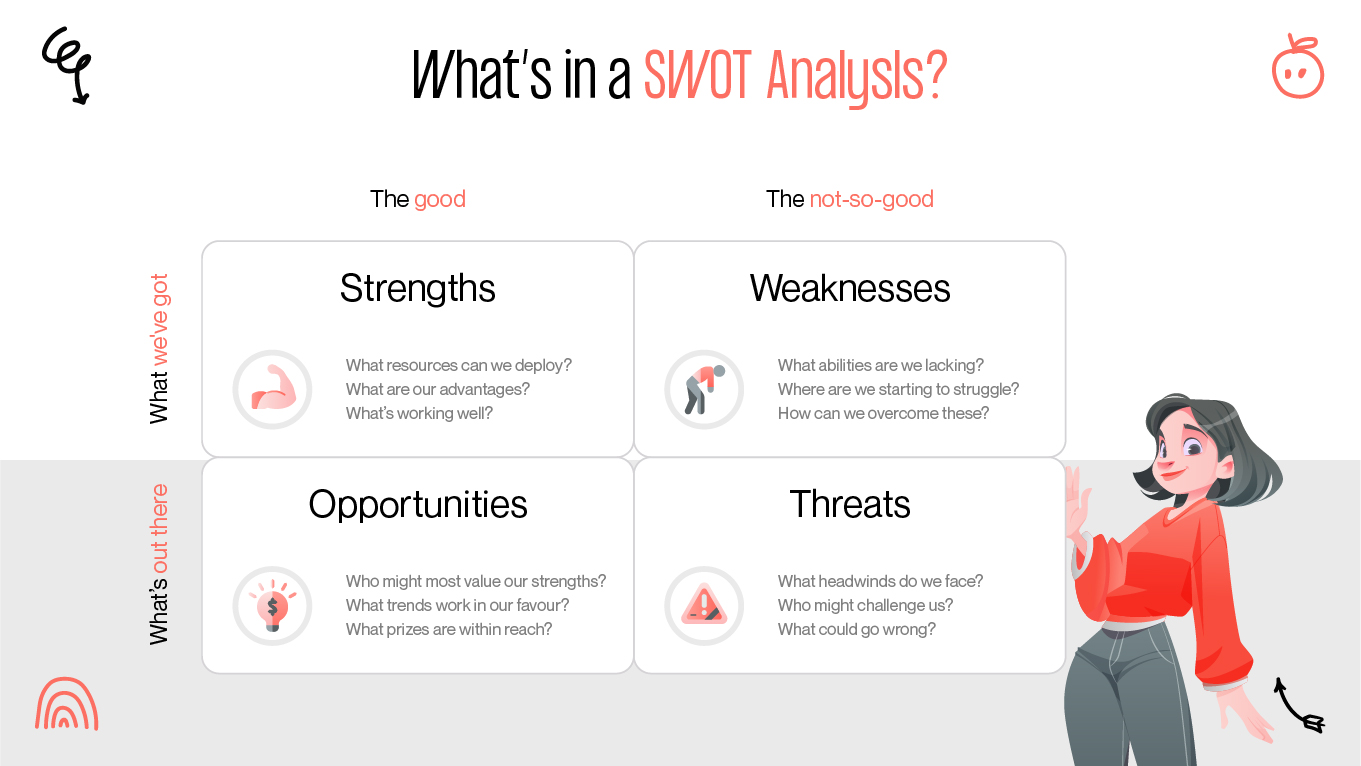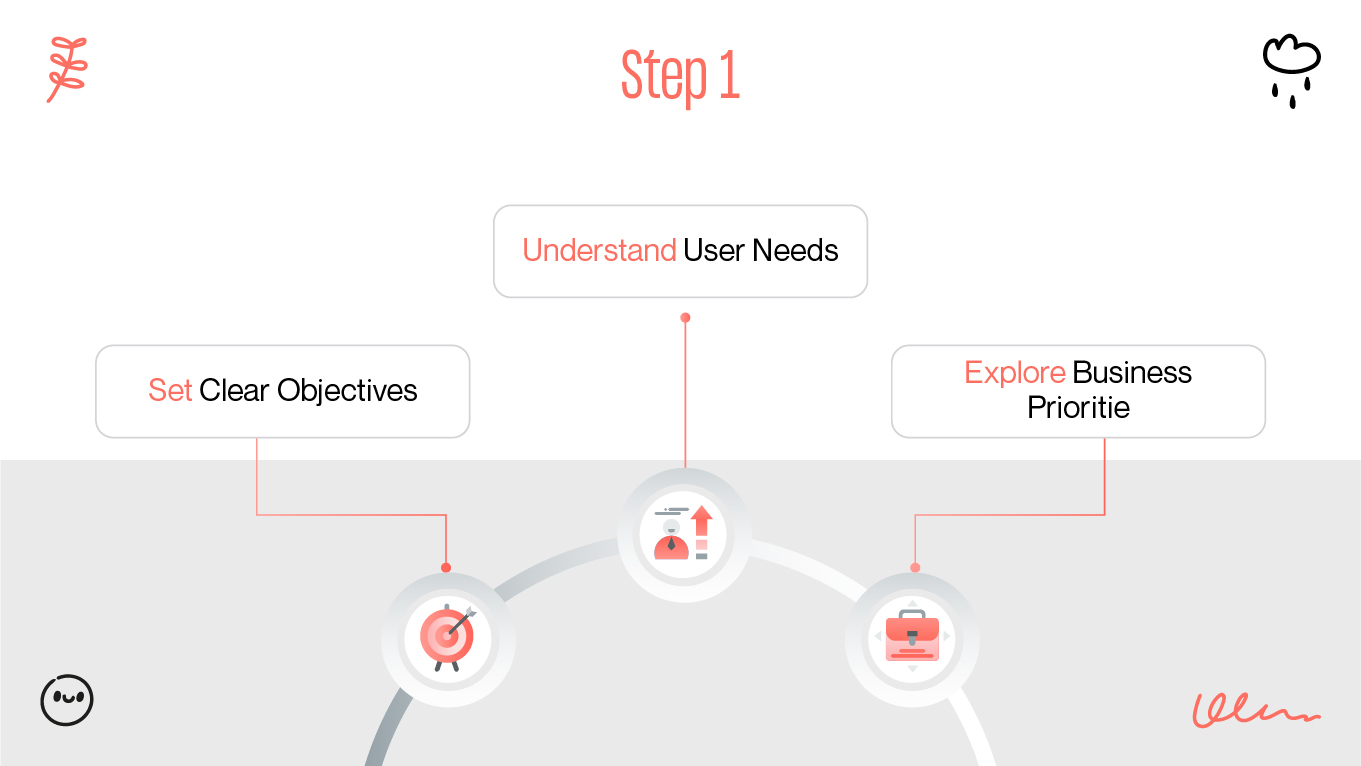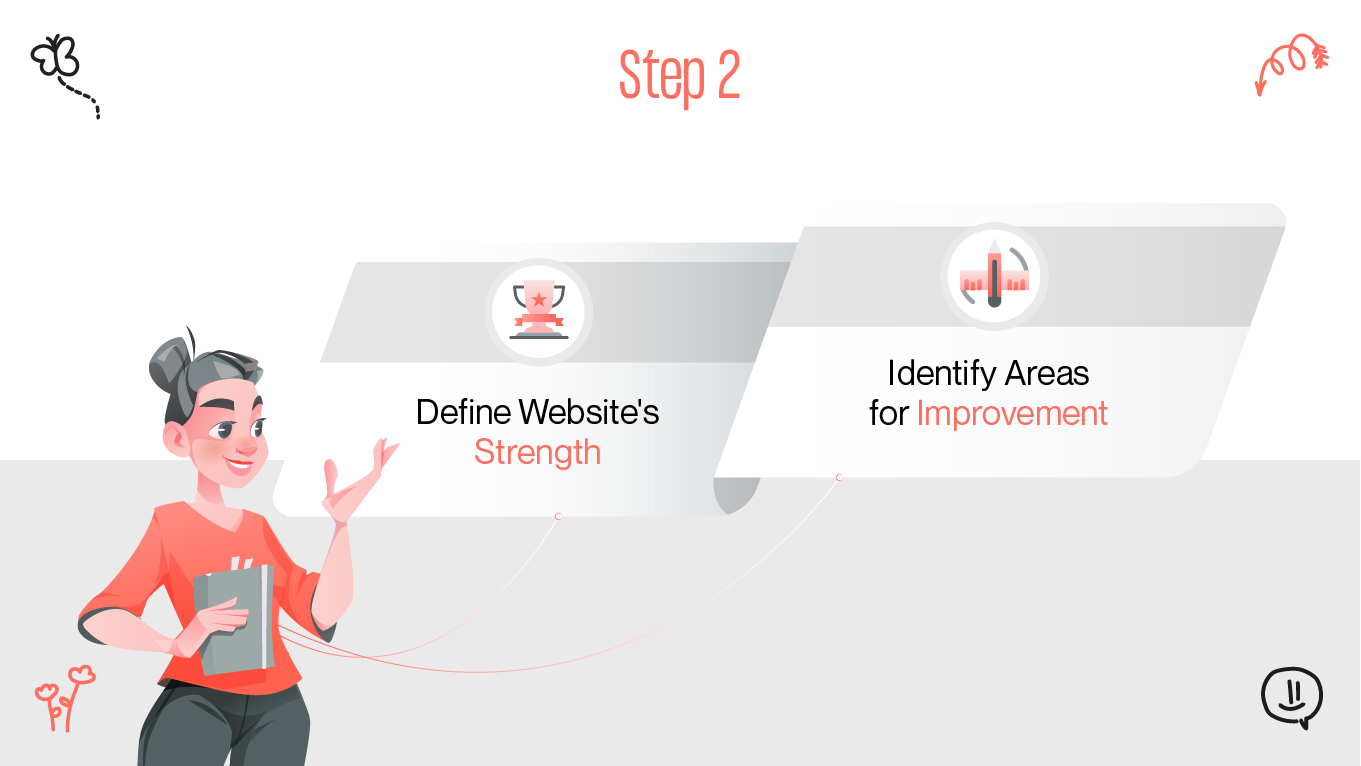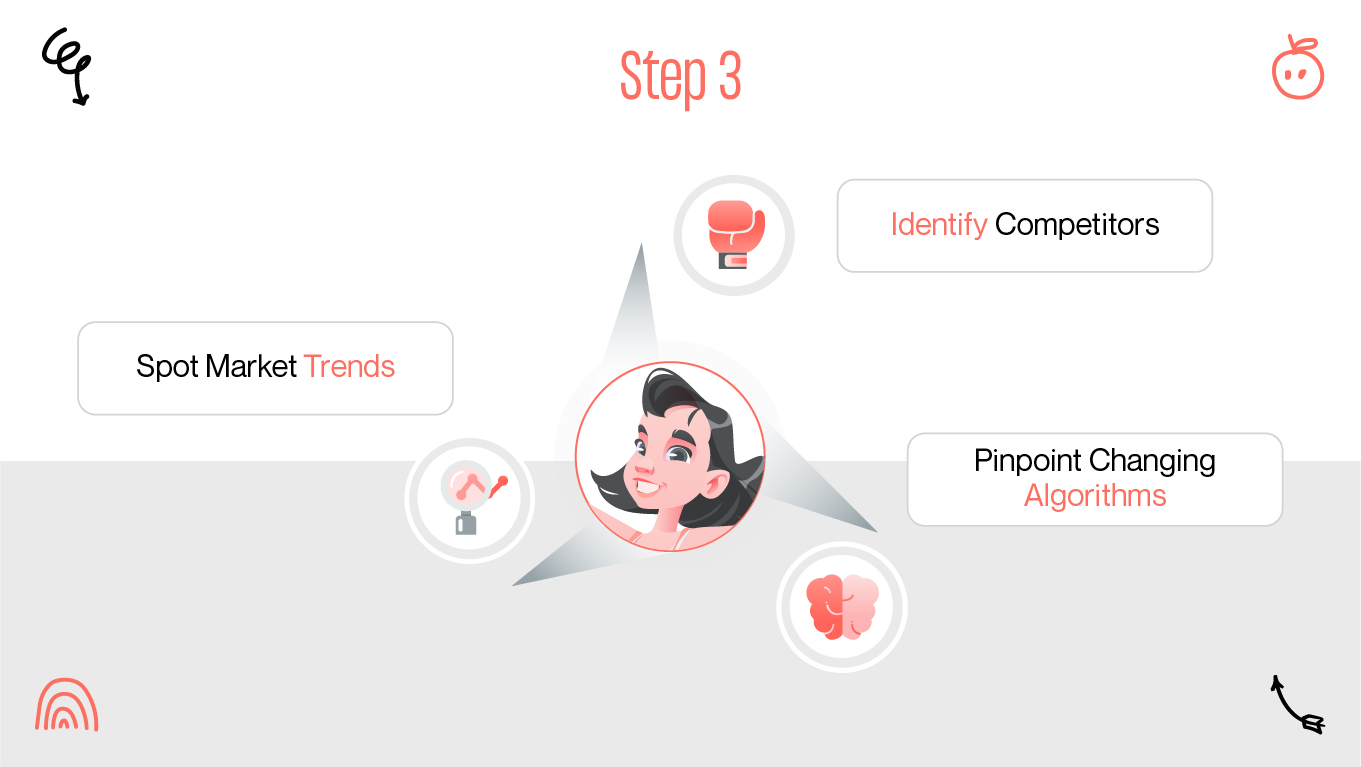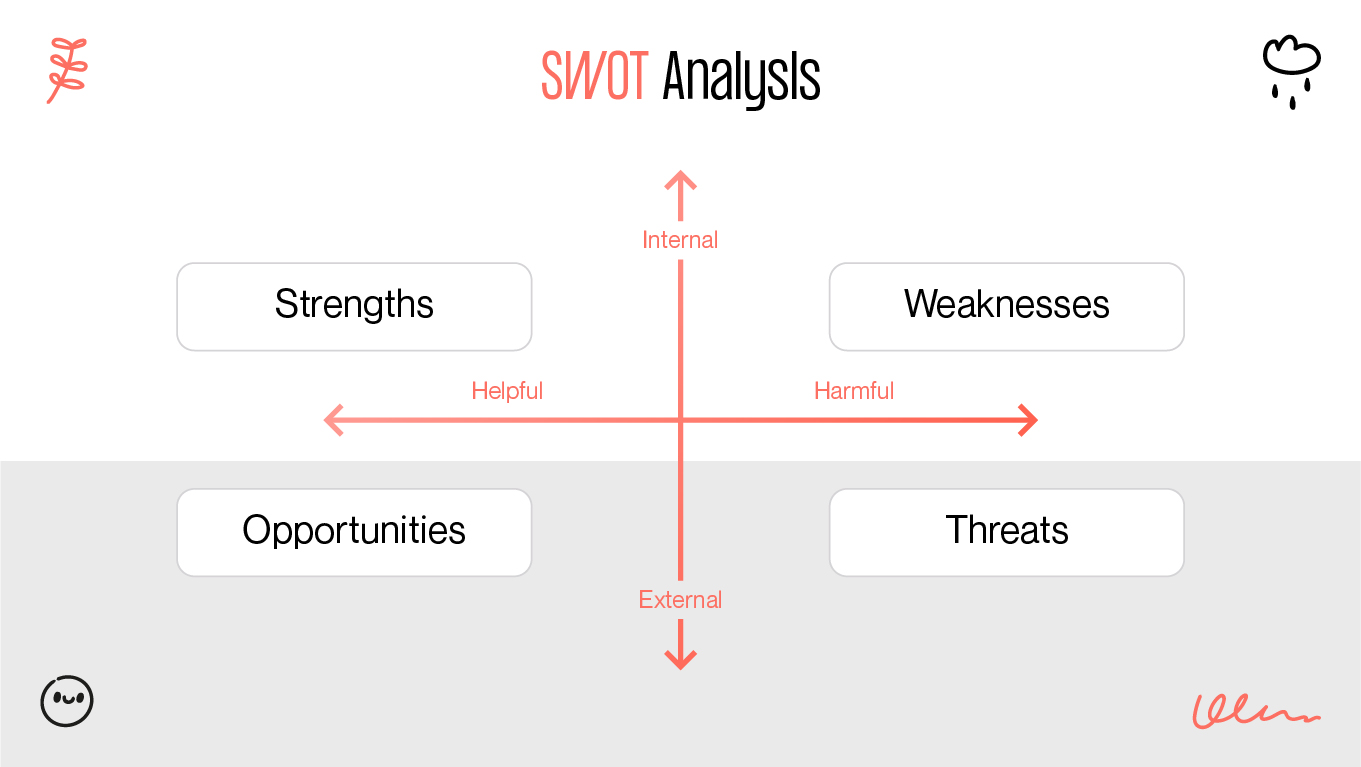Your website is the hub of your online presence. Having your website perform effectively for your business objectives is crucial, regardless of the type of site you have. But how can you keep your site on track and stay competitive?
The SWOT analysis is where you step in. It sounds like something out of a textbook, but conducted on your property, a SWOT analysis can be your winning card. It prompts you to think critically about what works, what's holding you back, and what's ahead. Let's proceed with how you can leverage this simple yet powerful template to develop a more creative and sharper web plan.


